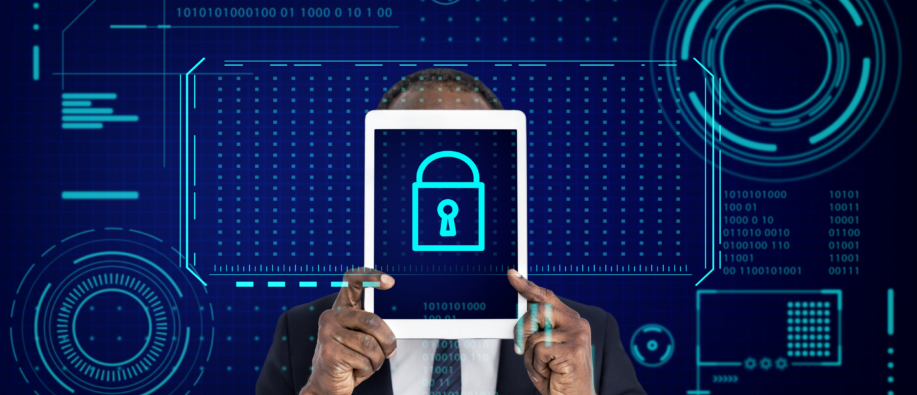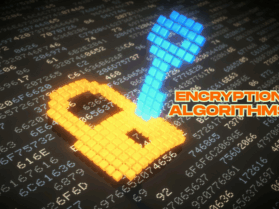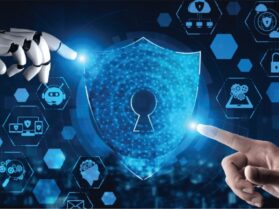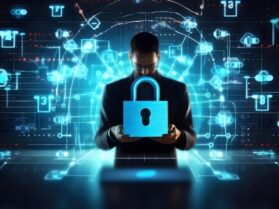In today’s increasingly connected world, remote network security is more critical than ever. With more businesses adopting remote work policies, ensuring secure access to corporate networks has become a priority. But what exactly does remote network security entail?
What Do You Mean By Remote Network Security?
As the name suggests, remote network security refers to the measures and protocols established to secure an organization’s network if accessed remotely. This includes safeguarding data, maintaining privacy, and ensuring that only authorized users can access the network. Given the rise in cyber threats, companies must implement robust security practices to prevent unauthorized access and data breaches.
Key Components of Remote Network Security
1. Virtual Private Networks (VPNs)
A VPN creates a secure, encrypted connection over the internet, allowing remote employees to access the company’s network safely. By masking the user's IP address, VPNs ensure that data transmitted over the network remains confidential and protected from cyber-attacks.
2. Multi-Factor Authentication (MFA)
MFA adds an additional layer of security by requiring users to provide two or more verification factors to gain access to a network. This could include something the user knows (like a password), something the user has (such as a mobile device), or something the user is (like a fingerprint).
3. Endpoint Security
With employees using various devices to access corporate networks, securing these endpoints is crucial. Endpoint security involves protecting all devices connected to the network, including laptops, smartphones, and tablets, from malware and other cyber threats.
4. Firewalls and Intrusion Detection Systems (IDS)
Firewalls and IDS are essential for monitoring and controlling incoming and outgoing network traffic based on predetermined security rules. These tools help detect and prevent unauthorized access to the network, ensuring that only legitimate traffic is allowed.
5. Regular Security Audits
Conducting regular security audits helps identify vulnerabilities in the network. By evaluating current security measures and practices, companies can strengthen their network security and stay ahead of potential threats.
Best Practices for Enhancing Remote Network Security
Implement Strong Password Policies
Encourage employees to create strong, unique passwords for their accounts. Regularly updating passwords and using password managers can significantly reduce the risk of unauthorized access.
Educate Employees on Security Protocols
Training employees on the importance of remote network security and the best practices for maintaining it can prevent many security breaches. Awareness of phishing attacks and safe browsing habits are critical components of this training.
Use Encryption
Ensure that all data transmitted over the network is encrypted. Encryption converts data into a code to prevent unauthorized access, making it a vital component of remote network security.
Update Software Regularly
Keeping software and systems updated with the latest security patches helps protect against vulnerabilities that cybercriminals could exploit. Regular updates ensure that security measures are always current and effective.
Monitor Network Activity
Regularly monitoring network activity can help identify suspicious behavior early. Using advanced monitoring tools allows for real-time detection and response to potential security incidents.
Conclusion:
Companies can conduct regular training sessions on security protocols, distribute informational materials, and simulate phishing attacks to raise awareness about potential threats and how to avoid them.
By implementing these strategies and best practices, businesses can create a robust remote network security framework that safeguards their data and ensures the smooth operation of their remote workforces.
Also read: What are some common security measures taken by companies to protect customer data?





